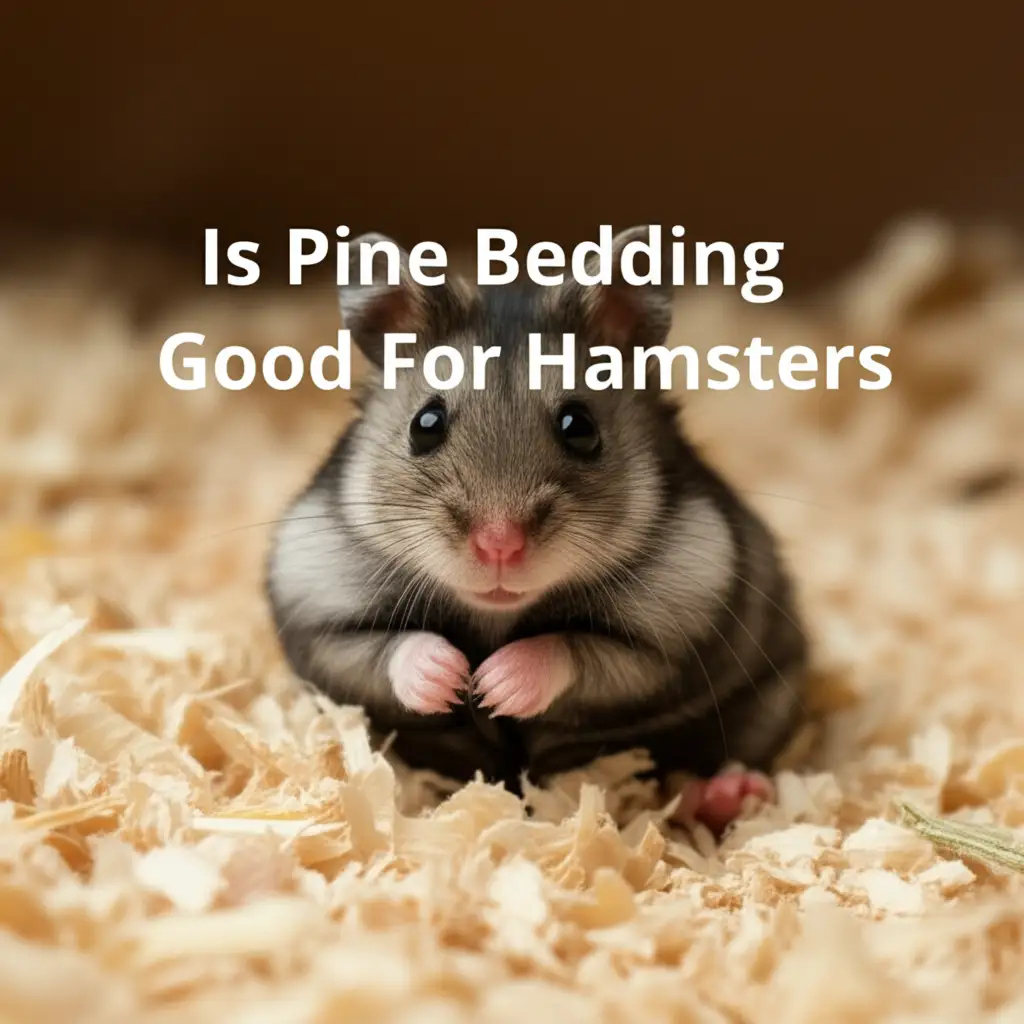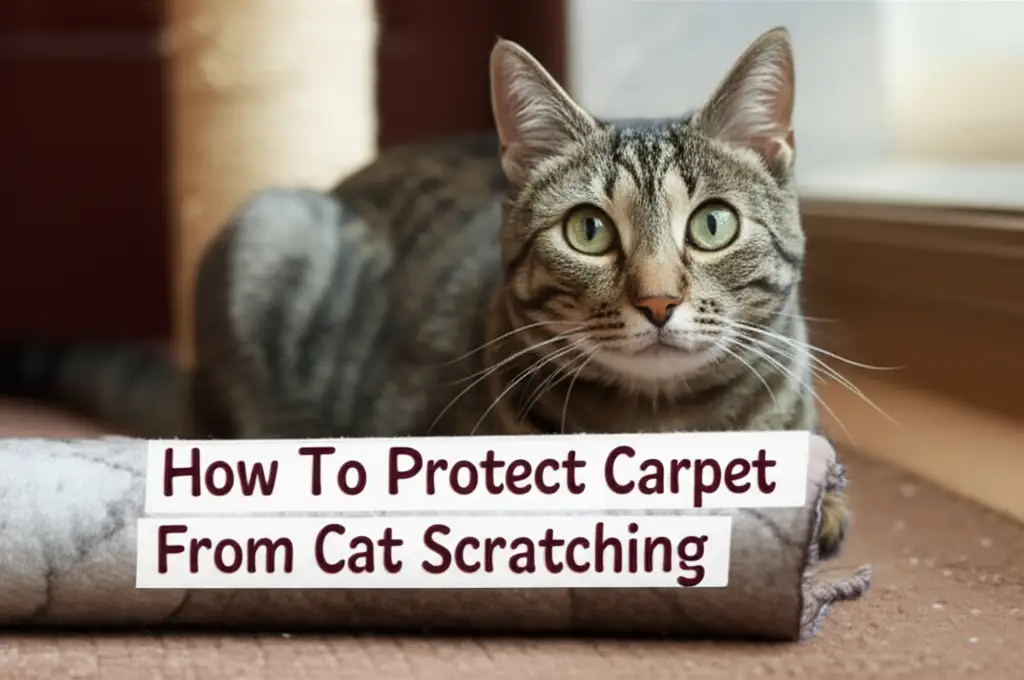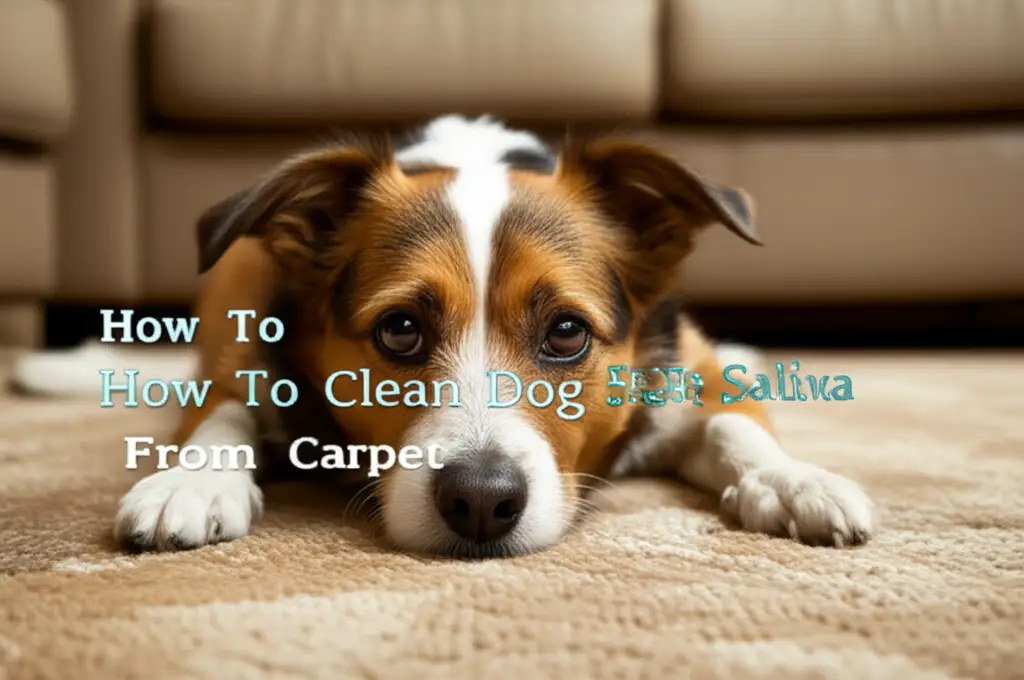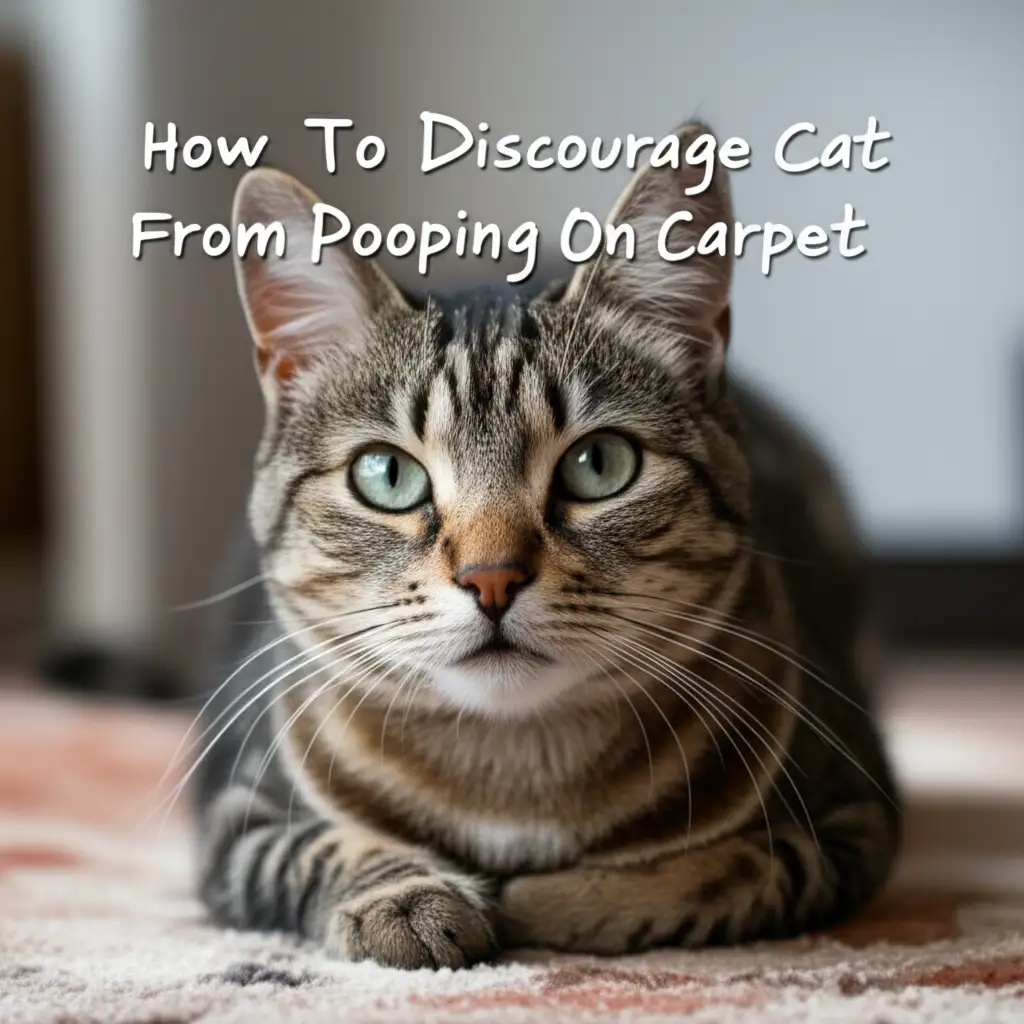· Mason Everett · Pet Care · 17 min read
Is Pine Bedding Good For Hamsters? Unpacking the Truth

Is Pine Bedding Good for Hamsters? Unpacking the Truth
Are you wondering, “Is pine bedding good for hamsters?” Many new hamster owners ask this important question. Providing the right environment for your tiny friend is essential. A hamster’s bedding is not just for comfort; it plays a big role in their health. Poor bedding choices can lead to serious problems for your pet.
We want our hamsters to be happy and healthy. This article will explore the dangers of using pine bedding. We will also discuss why certain types of pine might still be harmful. Furthermore, we will show you the best and safest bedding options available. You will learn how to create a perfect habitat for your beloved hamster. By the end, you will know exactly what bedding to choose to keep your hamster thriving.
Takeaway:
- Pine bedding is generally unsafe for hamsters due to harmful chemicals.
- Kiln-dried pine reduces some toxins but remains risky.
- Choose safe alternatives like paper-based bedding or aspen shavings.
- Deep bedding is crucial for hamsters’ natural burrowing behavior.
- Always prioritize your hamster’s respiratory and overall health.
Is Pine Bedding Good For Hamsters? Here’s the Concise Answer:
No, pine bedding is not good for hamsters. It contains natural chemicals called phenols and aromatic hydrocarbons. These compounds are harmful to a hamster’s delicate respiratory system and liver. They can cause severe health issues over time, making it an unsafe choice for your pet.
The Dangers of Pine Bedding for Hamsters
When you choose bedding for your hamster, safety must be the top concern. Many people see pine shavings in pet stores and think they are fine. However, pine bedding poses significant health risks to hamsters. This is due to the natural compounds found within the wood. These chemicals are designed to protect the tree but harm small animals.
Hamsters have very sensitive respiratory systems. Their small lungs cannot handle harsh airborne particles. They also spend a lot of time burrowing and breathing in their bedding. This means they are constantly exposed to any harmful substances present. Using unsafe bedding can lead to chronic health problems. These problems often show up as respiratory distress or liver damage.
Understanding Phenols and Aromatic Hydrocarbons
Pine wood naturally contains aromatic hydrocarbons and phenols. These are volatile organic compounds (VOCs). They give pine its distinct, fresh smell. While pleasant to us, these chemicals are toxic to small animals. When hamsters breathe in these compounds, their bodies struggle to process them. The substances can irritate the airways.
Over time, this irritation leads to inflammation. The hamster’s immune system tries to fight off these irritants. This continuous exposure can cause permanent damage. It is similar to how humans react to strong fumes. Hamsters are much smaller and more vulnerable. Their tiny bodies cannot efficiently detoxify these harmful compounds.
Respiratory Risks and Liver Damage
The primary danger of pine bedding lies in its effect on the respiratory system. Inhaling phenol vapors can cause inflammation of the nasal passages and lungs. Hamsters may develop symptoms like sneezing, coughing, and wheezing. Chronic exposure can lead to more serious conditions. These include bronchitis, pneumonia, and even asthma-like symptoms. Their breathing becomes labored and difficult.
Beyond respiratory issues, phenols also pose a threat to a hamster’s liver. The liver is responsible for detoxifying the body. When a hamster constantly inhales phenols, their liver works overtime. This can lead to liver damage or liver disease over time. A compromised liver cannot effectively filter toxins from the blood. This weakens the hamster’s overall health and shortens their lifespan. Avoiding pine bedding protects these vital organs.
Why Kiln-Dried Pine Isn’t a Full Solution
Some manufacturers sell “kiln-dried” pine bedding. They claim this process makes the bedding safe for small animals. Kiln-drying involves heating the wood at high temperatures. This process does reduce some of the volatile organic compounds (VOCs). It helps to evaporate some of the phenols and aromatic hydrocarbons. However, it does not remove all of them.
It is a common misconception that kiln-dried means entirely safe. While it is certainly better than raw, untreated pine, risks remain. A significant amount of the harmful chemicals can still be present. This means your hamster could still suffer from exposure. Their sensitive systems still react poorly to even reduced levels of these toxins.
Kiln-Drying Process Explained
Kiln-drying is a method of drying wood. Wood is placed in a heated chamber, or kiln. The high temperatures accelerate the evaporation of moisture. This process also causes some of the volatile compounds to dissipate. Manufacturers use this to make wood more stable and reduce odors. For bedding, the goal is to reduce phenols.
The effectiveness of kiln-drying varies. It depends on the temperature, duration, and type of wood. Not all kilns are the same. Some processes may remove more toxins than others. However, there is no guarantee of complete removal. It is difficult for consumers to know how thoroughly the wood was treated. This uncertainty makes even kiln-dried pine a gamble for your hamster’s health.
Residual Risks
Even if some phenols are removed, residual risks remain. The wood fibers themselves can still cause irritation. Pine wood, even after drying, can be dusty. Fine dust particles are a major irritant for hamster lungs. They can contribute to respiratory problems. This is separate from the chemical toxicity but adds to the overall risk.
Additionally, some studies suggest that even low levels of phenols can be problematic long-term. Hamsters are constantly in their bedding. They breathe it in, sleep on it, and burrow through it. This constant, low-level exposure adds up. It can still lead to chronic health issues over time. For these reasons, many reputable hamster care experts still advise against pine bedding. It is simply not worth the risk when safer options are available.
Ideal Bedding Alternatives for Hamsters
Choosing the right bedding is one of the most critical decisions for a hamster owner. Thankfully, many safe and excellent alternatives exist. These options provide comfort, absorbency, and allow for natural burrowing. They do not contain harmful chemicals. Your hamster can dig, tunnel, and sleep without health concerns.
Opting for safe bedding ensures your hamster’s long-term well-being. It protects their respiratory system and liver. It also reduces stress, allowing them to exhibit natural behaviors. Look for beddings specifically labeled “safe for small animals.” Always choose options that are dust-free and absorbent.
Paper-Based Bedding
Paper-based bedding is one of the most popular and safest choices. It is made from virgin paper pulp or recycled paper. This type of bedding is soft, absorbent, and virtually dust-free. It comes in various forms, including crinkled paper or shredded paper. Many brands offer plain white or colored options. Ensure any colored bedding uses pet-safe dyes.
Paper bedding is excellent for burrowing. Hamsters love to dig tunnels and create nests in it. It holds its shape well, allowing them to build stable structures. It is also highly absorbent, which helps with odor control. This makes cage cleaning easier. Look for brands that explicitly state they are safe for hamsters.
Aspen Shavings: A Safer Wood Option
If you prefer wood shavings, aspen is the only safe wood alternative. Aspen wood does not contain the harmful phenols found in pine or cedar. It is a hardwood that releases very few volatile organic compounds. Aspen shavings are absorbent and allow for good burrowing. They also provide a natural texture that hamsters enjoy.
When buying aspen bedding, ensure it is specifically labeled for small animals. Also, check that it is dust-extracted. Excess dust can still irritate a hamster’s respiratory system. Aspen is a good choice for owners who want a more traditional wood shaving look. It offers a safe, natural bedding experience for your pet.
Other Safe Materials
Beyond paper and aspen, a few other materials can be safe. Cellulose-based bedding is another excellent choice. It is made from plant fibers and is very soft and absorbent. It is also low in dust and highly comfortable for hamsters. Some brands combine paper and cellulose for optimal properties.
Hay can also be used as a supplementary bedding material. Timothy hay or orchard hay provides enrichment and can be eaten. Ensure it is dust-free and fresh. Hay adds texture and interest to the habitat. However, it should not be the sole bedding. It is best used mixed with other absorbent materials for burrowing. Always avoid cotton wool or fluffy bedding, as these can cause impaction or limb entanglement.
The Importance of Deep Bedding and Burrowing
Hamsters are natural burrowers. In the wild, they dig extensive tunnel systems. These tunnels provide safety from predators and regulate temperature. They use burrows to store food and create cozy nesting areas. Replicating this natural behavior is vital for their well-being. Providing deep bedding allows hamsters to express these instincts.
Deep bedding reduces stress and promotes mental stimulation. It gives hamsters a sense of security and control over their environment. Without adequate depth, hamsters become frustrated. This can lead to pacing, bar chewing, or other stress-related behaviors. A truly enriched habitat includes plenty of space for digging.
Minimum Bedding Depth Recommendations
For dwarf hamsters, a minimum of 6-8 inches of bedding is recommended. Syrian hamsters, being larger, require even more. Aim for at least 8-10 inches, or even more if your cage allows. Some experts suggest up to 12 inches or deeper for optimal burrowing. The deeper, the better for these avid diggers.
Many commercial hamster cages do not provide enough depth. You may need to modify your cage or choose a tank-style enclosure. Tanks or large plastic bins with high sides are ideal. They hold a significant amount of bedding without it spilling out. This investment in deep bedding will pay off in a happier, healthier hamster.
Creating a Multi-Layered Burrowing Environment
You can create an even more stimulating environment with layers. Start with a base layer of paper-based bedding or aspen. Then, add tunnels or cardboard tubes. You can also mix in some hay for different textures. This encourages more complex burrowing behaviors. Hamsters enjoy exploring new paths.
Adding platforms or shelves in the cage can help contain bedding. You can also place food scatter-fed within the bedding. This encourages foraging, another natural behavior. A good bedding setup provides both comfort and enrichment. It transforms a simple cage into a fascinating world for your hamster. Just as keeping a clean home is vital, like knowing how to clean carpet stains pets, maintaining a clean, deep, and safe bedding environment for your hamster is crucial for their health and happiness.
Setting Up Your Hamster’s Habitat Safely
Providing safe bedding is just one part of a comprehensive habitat setup. A hamster’s entire living space impacts their health and happiness. Think about the cage size, ventilation, food, water, and accessories. Each element plays a role in creating a thriving environment. A well-designed habitat mimics a hamster’s natural living conditions.
A safe habitat goes beyond just materials. It includes hygiene, temperature control, and mental stimulation. Regularly cleaning the cage prevents bacterial growth and odors. Maintaining a stable temperature ensures comfort. Providing toys and wheels keeps hamsters active and engaged. All these factors contribute to a long, healthy life for your pet.
Choosing the Right Cage Size and Type
Cage size is extremely important for hamsters. Many commercially sold “hamster cages” are far too small. A large cage provides ample space for exercise and exploration. The minimum recommended size is often debated, but larger is always better. For dwarf hamsters, aim for at least 450 square inches of unbroken floor space. Syrian hamsters need even more, around 600 square inches or greater.
Glass aquariums or large plastic bins are often preferred. They hold deep bedding well and offer good visibility. Wire cages can be used if they have solid floors and closely spaced bars. Ensure the cage has good ventilation. This helps to prevent ammonia buildup from urine. A spacious cage reduces stress and allows for more complex setups.
Essential Accessories for a Healthy Hamster Home
Once you have the cage and safe bedding, consider essential accessories. A proper water bottle with a sipper tube is vital. Ensure it does not leak and is accessible to your hamster. A heavy ceramic food bowl prevents spills and tipping. Hamsters need a constant supply of fresh food and water.
A solid-surface exercise wheel is crucial for hamsters. Choose a wheel that is large enough to prevent back arching. For dwarf hamsters, an 6.5-8 inch wheel is usually good. Syrian hamsters need a 8-12 inch wheel. Avoid wire mesh wheels, as they can cause bumblefoot or injury. Provide chew toys made from safe wood or cardboard. These help keep their teeth trimmed. A ceramic hideout or small wooden house offers a secure place to sleep.
Maintaining Optimal Hygiene and Environment
Regular cage cleaning is essential for hygiene. Spot clean soiled bedding daily. Full cage cleanings should occur every 2-4 weeks. Frequency depends on cage size and the number of hamsters. When cleaning, remove all old bedding. Wipe down the cage with pet-safe cleaner or diluted vinegar. Rinse thoroughly and dry completely before adding fresh bedding.
Maintain a comfortable room temperature, ideally between 65-75°F (18-24°C). Avoid direct sunlight or drafts. Provide adequate ventilation without creating a chilly environment. A healthy habitat supports your hamster’s physical and mental health. It reduces the risk of illness and promotes natural behaviors.
Recognizing Signs of Respiratory Distress in Hamsters
Even with the best care, hamsters can sometimes become unwell. Respiratory issues are common, especially if improper bedding has been used. Recognizing the signs early is crucial. Hamsters are prey animals; they naturally hide illness. By the time symptoms are obvious, the condition might be advanced. Regular observation of your hamster is key to catching problems early.
Knowing what to look for can save your hamster’s life. Any change in their breathing or behavior warrants attention. Early detection allows for prompt veterinary intervention. This can significantly improve the outcome for your pet. Do not delay seeking professional help if you suspect an issue.
Common Symptoms of Respiratory Problems
Several signs indicate a hamster might have respiratory distress. One of the most obvious is sneezing or wheezing. You might hear crackling sounds when they breathe. Their breathing may become noticeably labored or rapid. Watch for their chest and abdomen moving more forcefully than usual.
Nasal discharge is another key symptom. This might appear as clear, watery fluid or thicker mucus. You might also notice crusting around their nose or eyes. Dull or squinty eyes can also be a sign of illness. Changes in activity levels are also important. A sick hamster might become lethargic, sleeping more than usual. They may lose interest in their wheel or toys.
Behavioral Changes to Watch For
Beyond physical symptoms, observe your hamster’s behavior. A hamster experiencing respiratory distress might stop eating or drinking. Loss of appetite leads to weight loss, which can be seen in their overall body condition. They might become hunched or show signs of pain. They may also be less active and appear generally unwell.
A healthy hamster is typically active, especially during their awake hours. They will run on their wheel, burrow, and explore. If your hamster is hiding more than usual or seems depressed, it is a red flag. Any significant deviation from their normal routine should prompt concern. Always trust your instincts as a pet owner.
When to Seek Veterinary Care
If you notice any of these symptoms, contact a veterinarian immediately. It is important to find a vet experienced with small animals or “exotics.” They can accurately diagnose the problem. Early treatment often involves antibiotics or other medications. Without prompt treatment, respiratory infections can quickly become fatal for hamsters.
Describe all symptoms clearly to your vet. Mention what type of bedding you use. The vet may perform a physical exam, listen to their lungs, or take X-rays. Do not try to treat your hamster at home without professional advice. Prompt veterinary care provides the best chance for recovery. Prioritizing your hamster’s health by seeking timely medical attention is vital for their well-being.
Debunking Common Hamster Bedding Myths
The world of pet care is full of misinformation. Hamster bedding is no exception. Many myths circulate that can unintentionally harm our tiny friends. It is important to separate fact from fiction. Understanding common misconceptions helps you make the best choices. Always base your decisions on scientific evidence and expert advice.
Avoiding harmful myths protects your hamster from preventable illnesses. It ensures they live in a safe and comfortable environment. Let’s look at some popular but incorrect beliefs about hamster bedding. By debunking these myths, you can be a more informed and responsible pet owner.
Myth 1: Cedar Bedding is Safe Because it Smells Good
Fact: Cedar bedding is highly toxic to hamsters. Like pine, cedar contains phenols and other harmful aromatic oils. These chemicals are even more potent in cedar than in pine. The strong smell comes from these very compounds. Inhaling cedar fumes can cause severe respiratory problems, liver damage, and even skin irritation.
Many pet stores used to sell cedar bedding widely. However, knowledgeable pet owners and veterinarians now strongly advise against it. The pleasant smell for humans is a danger sign for hamsters. Always avoid cedar bedding completely. It is one of the most dangerous bedding types you can choose.
Myth 2: Cotton Fluff Bedding is Soft and Cozy
Fact: Cotton fluff or “fluffy” bedding is extremely dangerous for hamsters. While it feels soft to the touch, it poses several life-threatening risks. Hamsters can ingest the fibers, leading to deadly intestinal blockages. The material also wraps around limbs, causing amputations or severe injury. Hamsters can also suffocate if the fluff gets stuck in their cheek pouches or airways.
This type of bedding does not allow for proper burrowing. It compresses easily and does not hold tunnels. Instead of natural cotton, look for safe paper-based nesting materials. These provide warmth and comfort without the risks. Never use cotton wool or similar fluffy materials for your hamster.
Myth 3: As Long as it’s “Natural,” It’s Safe
Fact: The term “natural” can be misleading when it comes to pet bedding. Just because something comes from nature does not mean it is safe for your hamster. Pine and cedar are natural, but they are toxic. Many plants, while natural, are poisonous if ingested. It is essential to understand specific material properties.
Always research specific bedding types before using them. Do not rely solely on vague marketing terms. Prioritize materials known to be non-toxic, digestible (if ingested), and low in dust. Look for products specifically certified safe for hamsters or small rodents. Your hamster’s health depends on your careful selection.
Myth 4: Hamsters Don’t Need Much Bedding
Fact: This is a significant misconception. Hamsters are natural burrowers and thrive in deep bedding. Providing only a thin layer of bedding is detrimental to their well-being. It prevents them from expressing natural behaviors. This can lead to stress, boredom, and even behavioral problems like bar chewing.
A lack of deep bedding can also impact temperature regulation. Hamsters use burrows to stay warm in winter and cool in summer. A thin layer does not provide adequate insulation. Always provide at least 6-10 inches of bedding, depending on the hamster species. More bedding promotes happiness and natural instincts.
Conclusion
The question, “Is pine bedding good for hamsters?” has a clear answer: no. Despite its common presence in pet stores, pine bedding contains harmful chemicals that pose serious risks to your hamster’s respiratory system and liver. Even kiln-dried pine, while less toxic, still presents residual dangers from dust and remaining compounds. Your hamster’s health and longevity depend on making informed choices about their environment.
We’ve explored the specific dangers of phenols and how they impact a hamster’s delicate body. We also discussed why common myths, like the safety of cedar or cotton fluff, are dangerous. Instead, we found that safe and effective alternatives like paper-based bedding and aspen shavings are far superior. These options allow your hamster to engage in natural behaviors like burrowing without health risks. Providing deep, safe bedding, along with a spacious cage and proper accessories, creates a truly enriching habitat.
Ultimately, choosing the right bedding is a fundamental act of care for your tiny companion. By opting for safe, dust-free, and absorbent materials, you protect your hamster from preventable illnesses. Always prioritize your hamster’s health by selecting bedding that supports their natural instincts and protects their well-being. Make the informed choice for a happy, healthy hamster.





